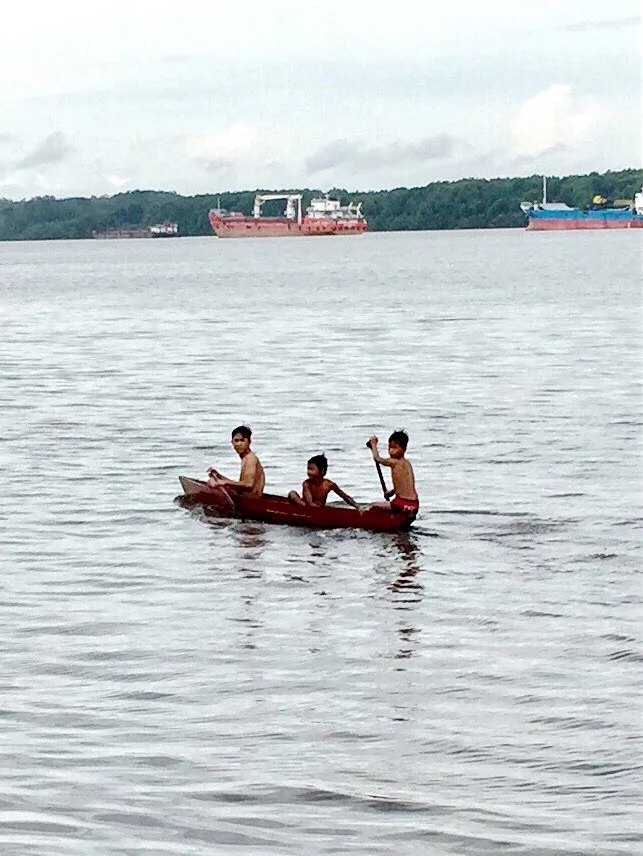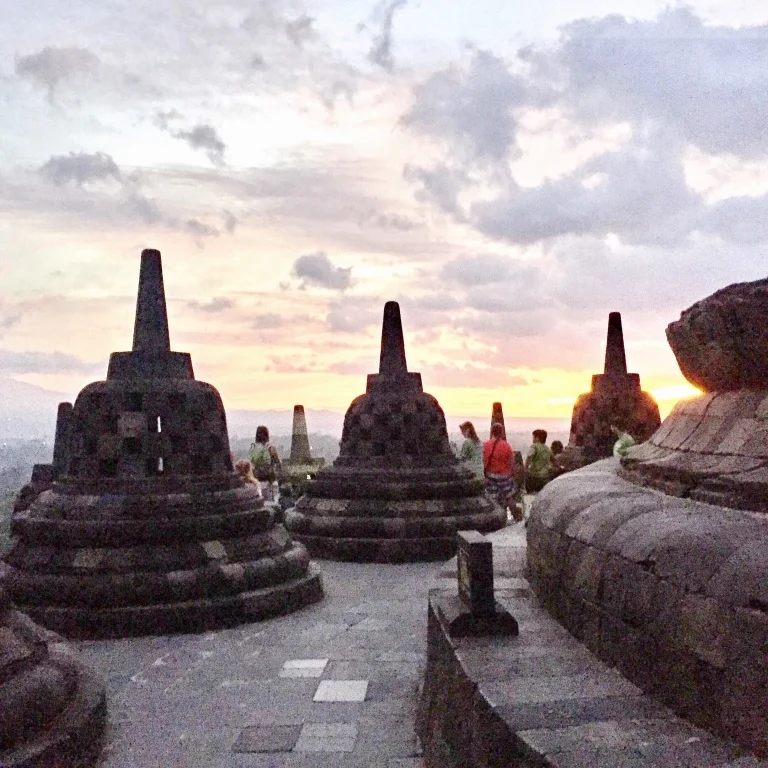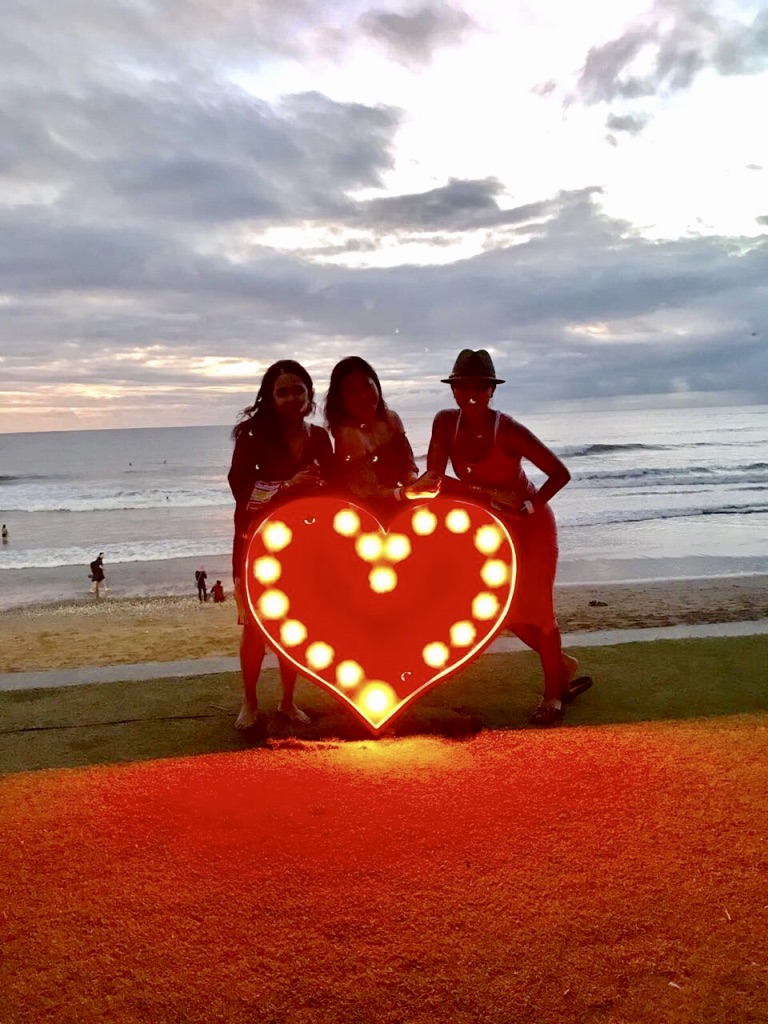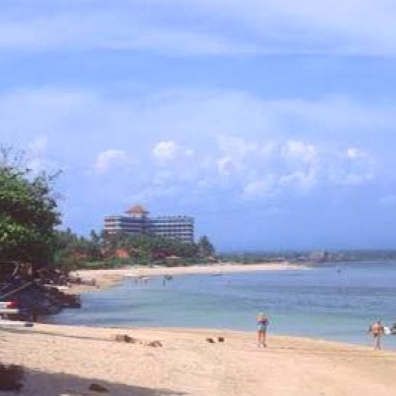WHERE TO GO IN INDONESIA WHEN YOU HAVE TEN DAYS
Indonesia is an archipelago nation located in Southeast Asia, between the Indian and Pacific oceans. The country is made up of more than 13,000 islands, with a total population of more than 260 million. This makes it one of the largest island country in the world. It is known for its: stunning beach on the islands of Bali and Lombok; endless scuba diving areas all throughout the archipelago; active volcanoes on many of the islands; komodo dragons (the only ones in the world) in the eastern province of Flores; and amazing jungles and rainforests home to orangutans, tigers and elephants, mainly on the islands of Sumatra and Borneo. The nation also consists of hundreds of distinct native ethnic and linguistic groups, of which the largest group are the Javanese who are based in the most populated island of Java, where the nation’s capital of Jakarta is located.
Historical data has shown between 1.5 million years to 35,000 years ago the country was inhabited by Homo Erectus (“Java Man”). The Austronesian, a more modern form of society, arrived around 2000BC, spreading all over the archipelago and formed themselves as Melanesian people. Due to its location and rich natural resources, this area flourished in the early centuries, fostering inter-island and international trade, therefore enabling Indian and Chinese kingdoms to establish their presence in the area. Among the famous kingdoms in the early years include: Sriwijaya, Sailendra, Mataram, Airlangga, Majapahit, Gajahmada and Warmadewas; mainly in Java and Bali, where they were responsible in spreading the teachings of Buddhism and Hindu in the area.
Muslim traders first arrived in North Sumatera (Aceh) during the Islamic area in early 13th century and quickly spread to Java. It became the predominant religion by the end of the 16th century. In 1512, the Portuguese became the first European to arrive and established trade businesses in nutmeg, cloves and pepper, in the Malaccas, followed by the Dutch and British. In 1602, the Dutch East India Company (“VOC”) was founded, and throughout the 17th & 18th centuries, they became the dominant European power in the region, establishing its base in Batavia, which is now known as Jakarta. VOC then went bankrupt in the early 1800s, and the Netherlands established the former VOC as a nationalised colony.
In 1945, Japanese ended the Dutch occupation during World War II and two days after Japan surrendered, on 17th of August 1945, Indonesia gained its independence led by the first President and Vice President of the country, Soekarno and Muhammad Hatta. The Dutch tried to re-establish their rule, but they finally left in 1949.
After a brief coup d’etat in the mid 1960s, President Suharto took over and ruled for 30 years, ending in 1998. Since then Indonesia as gone through economic booms, crisis and several changes in leaderships. Today, it is the largest economy in Southeast Asia, with rich and abundant national resources, and a population of more than 260 million.
As an archipelago country, one can imagine how many beautiful beaches you can find in the area. And as you go further east, such as the Malaccas, many of these are still “untouched” and rarely visited. But Indonesia is not only about beautiful beaches. Its rich history has made it a favourite destination for those interested in learning the country’s culture and art. But my favourite are the animals- this is the only country in the world that has komodo dragons. And together with Malaysia, Indonesia is the only place where you can find orangutans, elephants, and tigers running freely in their natural habitat.
If you want to visit Indonesia and not just want to relax on a beach nor scuba dive, here are my suggestions, at least: 2 days in Borneo to see the orangutans; 1 day in Jogjakarta to see the ancient temples; 2 days in Flores to see the komodo dragons; and 4 days in Bali for the beaches, culture and nightlife. With the one remaining day, I suggest you either go to Gili Trawangan from Bali by boat for its beautiful beaches, or spend it in Jakarta and quickly explore the nation’s bustling capital. Or just remain in Bali for the one extra day.
To go to Pangkalan Bun in Borneo, you must fly out from Jakarta. I recommend that you do this first. Then you can fly to Jogjakarta, Bali, and Flores, and back to Jakarta to catch your flight home. But if you prefer to save Bali for last, it is also possible to fly home from Bali as some airlines do allow you to fly into Jakarta and fly out from Bali with no extra costs (for example: Garuda Indonesia, Singapore Airlines, and Qatar Airways, and others).
Recommended Airlines:
-International: Garuda Indonesia, Singapore, Qatar, Emirates, Etihad, Thai, Malaysian, KLM, Japan, and Cathay Pacific. (all these airlines fly to Jakarta and Bali)
-Domestic: Garuda Indonesia, and Triguna Air (to Pangkalan Bun).
Most foreign nationalities either get free entry into the country, or by visa on arrival at the airport at a fee of US$35. Please check the website regarding tourist visa to Indonesia.
Like any foreign destinations, it’s best that you have travel insurance. It might also be a good idea if you are fully vaccinated, especially when you travel into the Borneo rainforest. And of course, don’t forget to bring mosquito repellents and as many as light clothing as possible!
Places . . .
Recommended Places to Go . . .
Featured . . .













